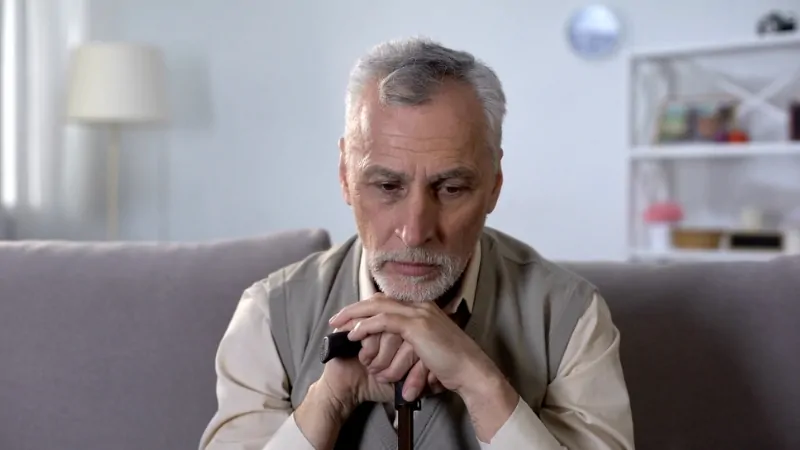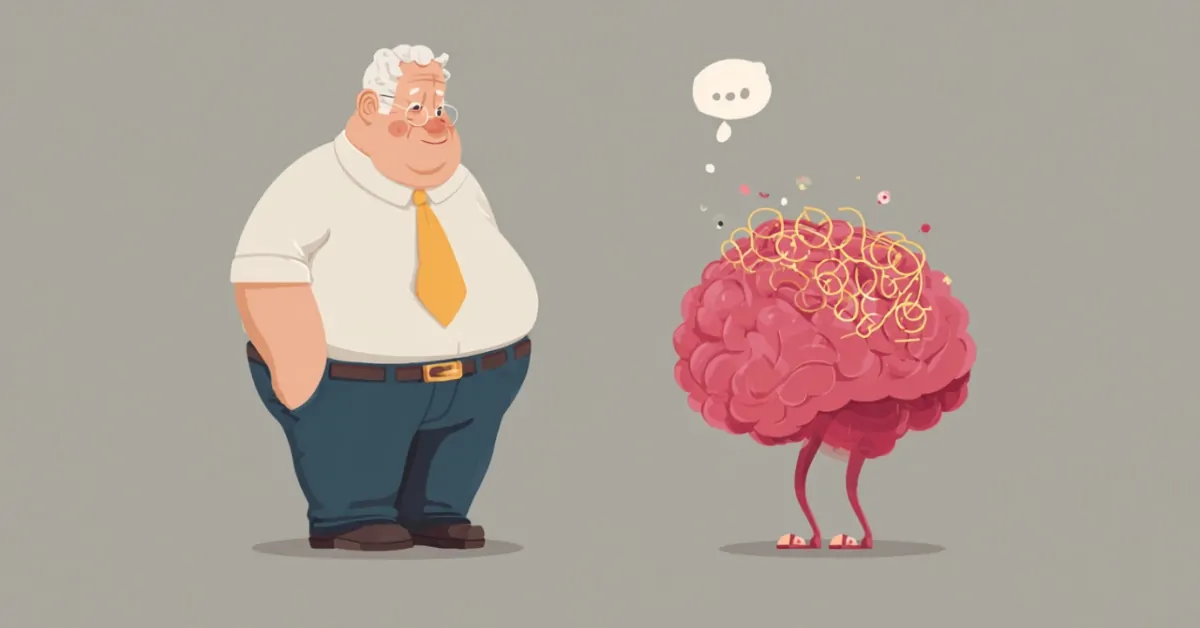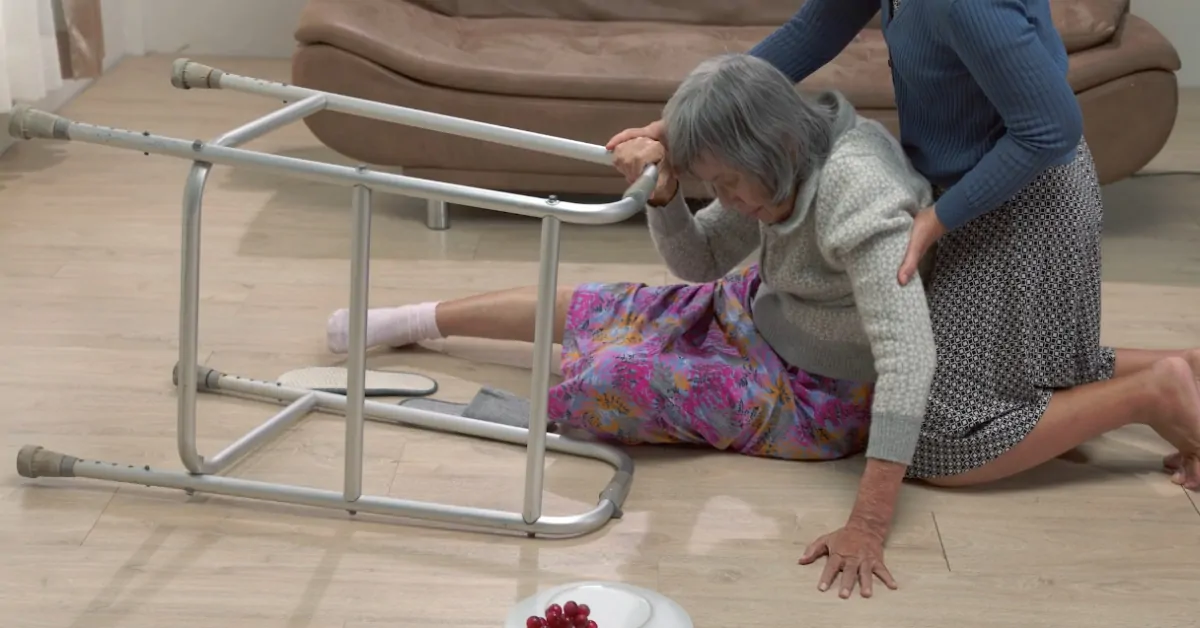The short, honest answer: often, no — not without proper safeguards in place.
While the idea of aging independently may seem empowering, the risks associated with living alone in your 70s or 80s are too significant to ignore.
What may feel like self-sufficiency can quickly become isolation, and what begins as autonomy can turn into vulnerability when health emergencies, cognitive decline, or loneliness enter the picture.
With millions of older adults around the world choosing to live alone, it’s more important than ever to understand what this lifestyle truly entails.
Behind the scenes of quiet apartments and modest homes are stories of preventable falls, unaddressed depression, and even tragic cases of elderly individuals passing away unnoticed for weeks.
Table of Contents
ToggleThe Reality of Aging Alone: Who’s Living Alone and Why?
Globally, living alone in old age is far from rare. It’s increasingly common.
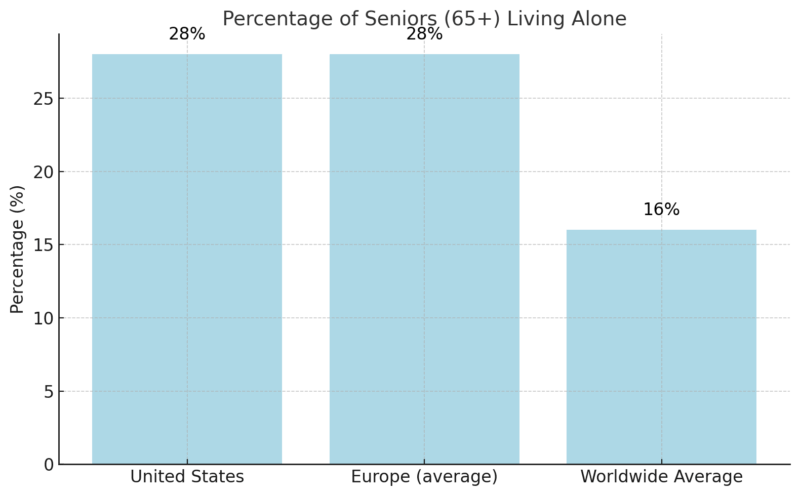
In the United States alone, over 14 million seniors are currently living by themselves, and this number is expected to rise as the population ages, according to sources.
Women are significantly more likely to live alone than men, largely due to longer life expectancy and differences in marital patterns.
Health Risks: More Than Just a Matter of Loneliness
Living alone in your 70s or 80s might seem manageable when you’re healthy and mobile.
But aging is often accompanied by a decline in physical resilience, and emergencies, which might be minor inconveniences for younger people, can become life-threatening for seniors who have no one nearby to help.
1. Falls: A Silent Emergency
According to the CDC, 1 in 4 seniors falls each year, and many of these falls result in injuries that require immediate medical attention. Seniors living alone are especially vulnerable because there may be no one to assist them or call for help.
Fall-Related Statistics in Older Adults (U.S.)
Number
Seniors who fall each year
Over 14 million
ER visits due to falls annually
Over 3 million
Hip fractures from falls
Over 300,000
A fall that might be survivable with timely help can quickly become fatal if a person remains immobilized on the floor for hours or days, a tragic reality that happens more often than people realize.
2. Mental Health Struggles: Depression and Anxiety
Living alone can also lead to profound psychological consequences. According to a 2022 USC Schaeffer Center report:
These numbers are significantly higher than those reported by seniors living with spouses or family. The absence of regular human interaction, physical touch, and companionship can erode mental well-being over time, particularly in people who were not previously prone to mental health issues.
3. Increased Risk of Dementia
Numerous studies now link social isolation and solitary living with cognitive decline and dementia.
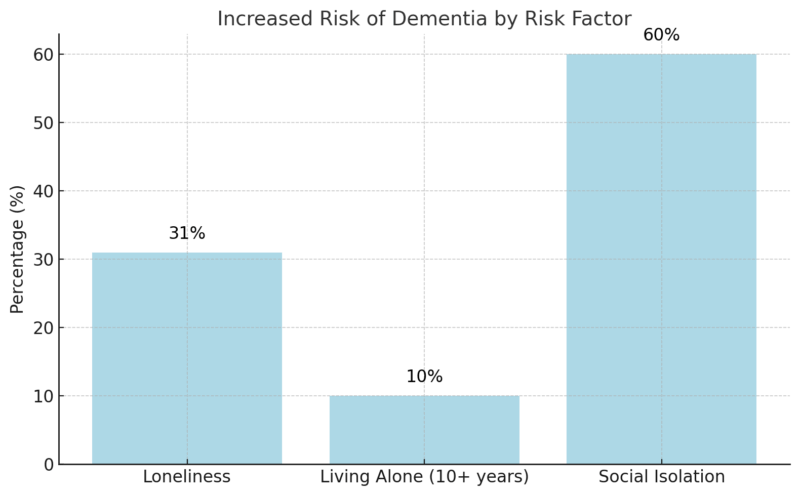
Chronic loneliness increases stress hormones, causes sleep disturbances, and impacts memory and reasoning, all of which contribute to neurodegenerative diseases like Alzheimer’s.
The Stark Example: Japan’s “Kodokushi”
“Over 37,000 people in 🇯🇵 Japan died alone in their homes in the first half of 2024, with almost 4,000 being discovered over a month after they died, according to the National Police Agency, amid loneliness problem exacerbated by an ageing population”.(@spectatorindex )
“ This…
— Rakesh Pujara (@RakeshPujara1) August 31, 2024
Perhaps the most sobering illustration of the risks of aging alone comes from Japan, where the phenomenon known as “Kodokushi” — or “lonely death” — has become disturbingly common. This term describes the tragic scenario in which elderly people die alone at home, and their bodies remain undiscovered for days, weeks, or even months.
In just the first half of 2024, Japan’s National Police Agency recorded:
- 37,227 solitary deaths in private homes.
- Of these, 70% were seniors aged 65 and over.
- Nearly 4,000 bodies were discovered more than a month after death.
While this might sound extreme, the underlying issues — isolation, weak community ties, and inadequate support networks — are not unique to Japan.
Is There a Better Way? Mitigating the Risks
Fortunately, living alone does not have to be a death sentence or a recipe for decline — if the right safety nets are in place.
Practical Steps to Make Living Alone Safer
When it comes to living alone in your 70s or 80s, one of the most essential investments you can make is in a reliable personal emergency response system. These devices aren’t just buttons — they’re lifelines.
Designed specifically for seniors who value their independence but want the assurance of help at a moment’s notice, modern mobile safety systems now come packed with life-saving features that can make all the difference during a crisis.
Many of today’s top-rated personal alert systems are equipped with two-way voice communication, allowing users to speak directly with trained emergency responders without needing to reach for a phone — an especially vital function in the event of a fall or medical emergency where every second counts.
They are also fully mobile, meaning they can be used virtually anywhere, indoors or outdoors, and may include GPS location tracking so help can find you no matter where you are, whether you’re in your backyard, at the store, or on a walk.
For seniors concerned about losing consciousness or being unable to call for help, many of these devices now feature automatic fall detection — using motion-sensing technology that alerts responders even if the user cannot press the button.
According to LifeAssure, these systems often fully charge in under four hours, are water resistant for safe use in the shower (where many falls occur), and operate on a 24/7 professionally monitored network, ensuring help is always on standby, day or night.
Final Thoughts
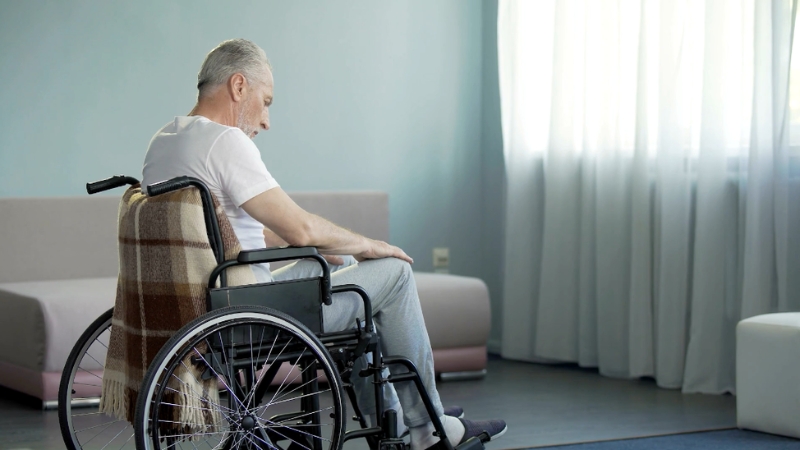
While the idea of “aging in place” may offer comfort and autonomy, it is crucial to ask, at what cost? The data is clear: older adults who live alone face a significantly higher risk of injury, depression, cognitive decline, and premature death.
Living alone in your 70s or 80s is not inherently bad, but it must be a choice made with full awareness of the risks and with deliberate efforts to maintain safety and social connection.
If you or someone you love is entering this stage of life, now is the time to plan, connect, and think seriously about what it truly means to “age well.”
Related Posts:
- The Number of People Living in Poverty in US Cities…
- Is Your Car’s A/C Harming Your Health?
- What Is the Risk of Death from an Angiogram Procedure?
- Rising Dementia Risk and Its Burden on the United…
- When Birth Rates Crash, So Do House Sales - The Hidden Risk
- Mental Health Trends Among Veterans – PTSD and…


